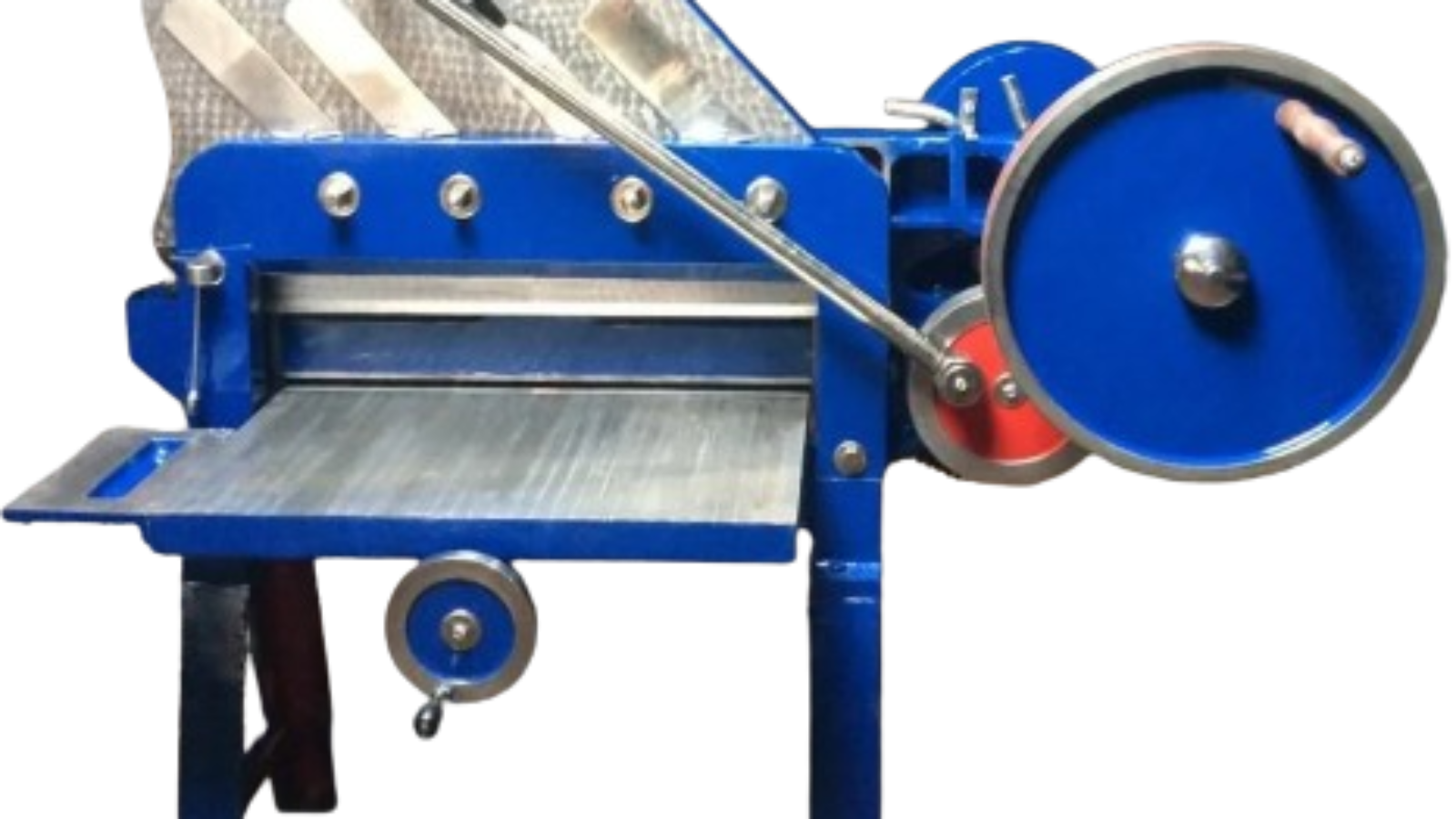India’s booming education sector and the growing demand for stationery products make notebook manufacturing a promising small-scale business. With relatively low investment, easy access to raw materials, and scalable operations, aspiring entrepreneurs can quickly turn this opportunity into a profitable venture. Here’s a comprehensive, step-by-step guide by Sai Samprati Institute for Production and Management (SSIPM) to help you start your own notebook manufacturing business in India.
Step 1: Understand the Market
Before investing, research your local and regional demand:
- What types of notebooks are in demand? (ruled, unruled, spiral, long books, etc.)
- Who are your customers? (schools, colleges, coaching centers, wholesalers)
- Who are your competitors and what are their price points?
Understanding the market helps you decide your product range, pricing strategy, and production scale.
Step 2: Choose the Right Business Model
There are several ways to structure your business:
- Manual setup: Low cost, small production
- Semi-automatic: Balanced cost and efficiency
- Automatic unit: High initial cost, mass production
Choose based on your budget, space, and long-term business goals.
Step 3: Legal Requirements and Registration
Ensure your business is legally registered. Common registrations include:
- Udyam Registration (MSME)
- GST Registration
- Trade License from the local municipality
- Factory License (if employing more than 10 workers)
- BIS Certification (optional for trust-building)
These registrations help you operate legally and avail government schemes or subsidies.
Step 4: Select a Suitable Location
A small manufacturing unit requires at least 500 to 1000 sq. ft. of space.
- Ensure access to electricity and water
- Good ventilation and lighting
- Space for machines, raw material storage, and finished goods
Step 5: Raw Materials Needed
You will need the following items:
- White paper or printed paper reels
- Colored and laminated cover paper
- Binding material (staples, spiral wires, gum)
- Ink (if printing internally)
- Packaging material (boxes, plastic wraps)
Procure raw materials in bulk to reduce cost and ensure consistency in quality.
Step 6: Required Machinery
Here are the essential machines used in notebook manufacturing:
- Paper Cutting Machine – for trimming paper sheets
- Ruling/Printing Machine – to print lines or grids
- Notebook Stitching Machine – for stapling/binding
- Pressing Machine – for finishing and shaping
- Edge Cutting Machine – for smooth edges
- Cover Pasting Machine – for attaching attractive covers
Explore affordable and high-quality machines here: SSIPM on IndiaMART
Step 7: Hire Skilled Workers
Depending on your scale, hire workers for:
- Cutting and folding
- Binding and cover pasting
- Machine operations
- Packaging and dispatch
A small unit can run with 4-6 skilled workers. Provide basic training for machine safety and efficiency.
Step 8: Production Process
The general production flow includes:
- Cutting large paper sheets
- Printing lines/rules (optional if pre-ruled paper is used)
- Folding pages into book format
- Attaching covers
- Binding with staples or spiral
- Pressing and edge trimming
- Final quality check and packaging
Step 9: Investment & Profitability
Initial Investment (Small Scale): INR 3 to 7 lakhs
Monthly Production Capacity: 5,000 to 10,000 notebooks
Profit Per Notebook: INR 3 to 8
Monthly Profit Estimate: INR 30,000 to 1,00,000+ (depending on orders and scale)
Costs may vary depending on location, raw material prices, and machine type.
Step 10: Marketing and Sales Channels
To grow your business:
- Create a brand name and logo
- Distribute samples to schools and local dealers
- Use platforms like IndiaMART, JustDial, and Facebook Marketplace
- Sell to wholesale markets or directly to institutions
- Offer customized notebooks for branding
Digital marketing and e-commerce can also boost your reach.
Final Tips from SSIPM:
- Maintain consistent quality
- Keep proper stock of raw materials
- Offer discounts for bulk orders
- Monitor seasonal demand (peak sales before school sessions)
- Stay updated with design and packaging trends
Starting a notebook manufacturing business in India is not just low-risk — it’s a long-term opportunity if done right. With growing demand and SSIPM’s guidance, tools, and machinery, you can build a successful brand from the ground up.
Explore Machines & Tools: Visit SSIPM on IndiaMART
Contact Us for Training, Sales & Support: Sai Samprati Institute for Production and Management (SSIPM)

 Cart is empty
Cart is empty 
Leave A Comment